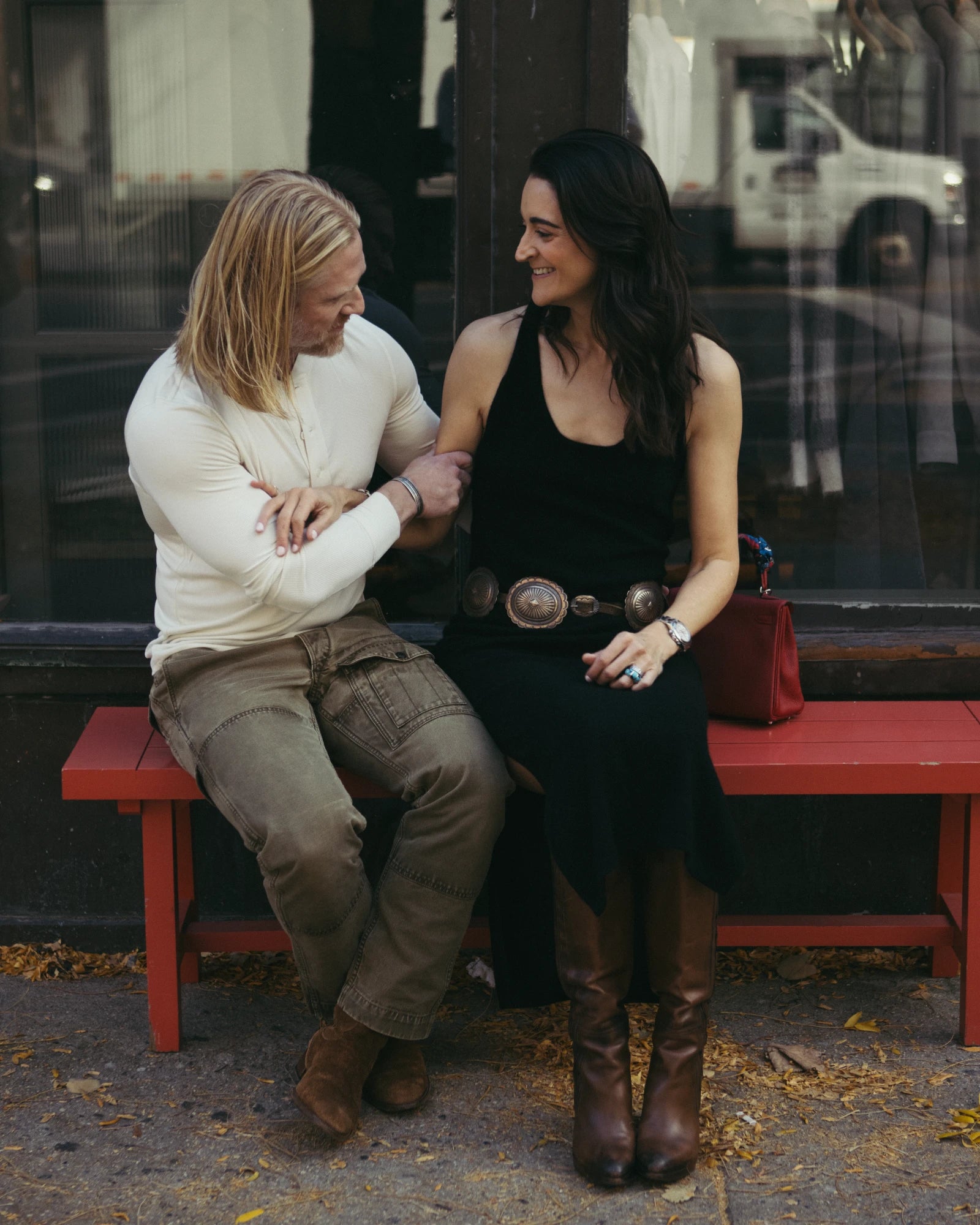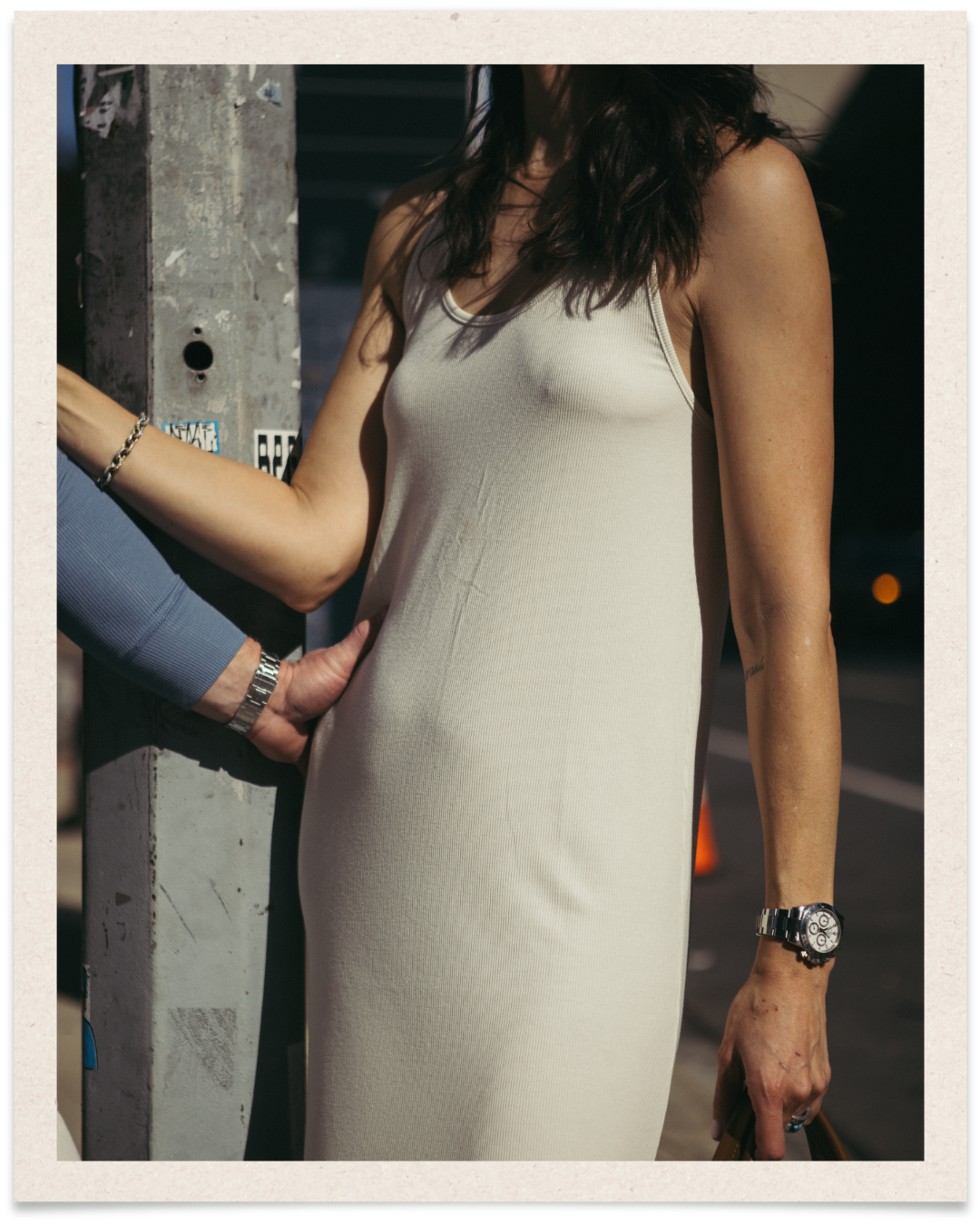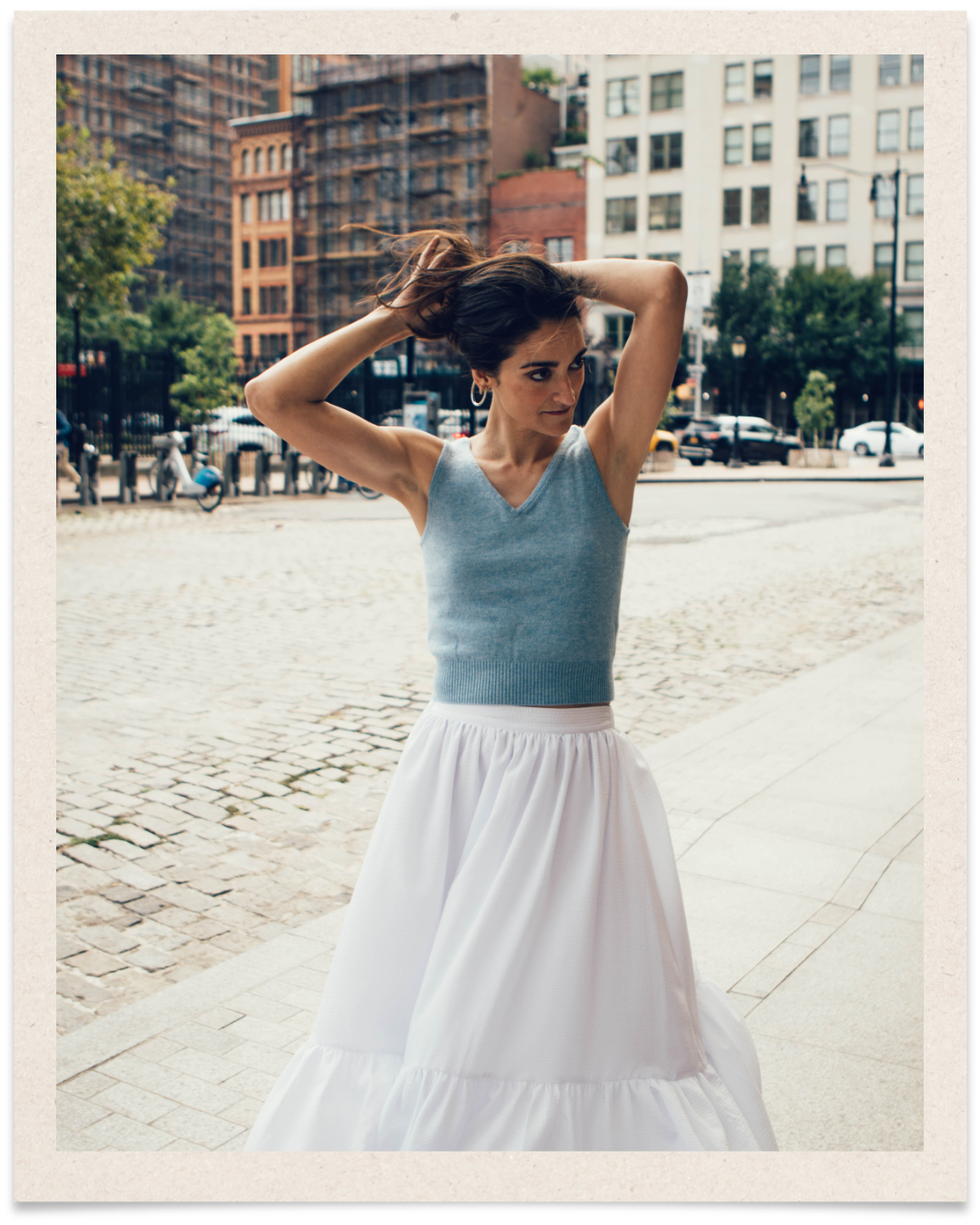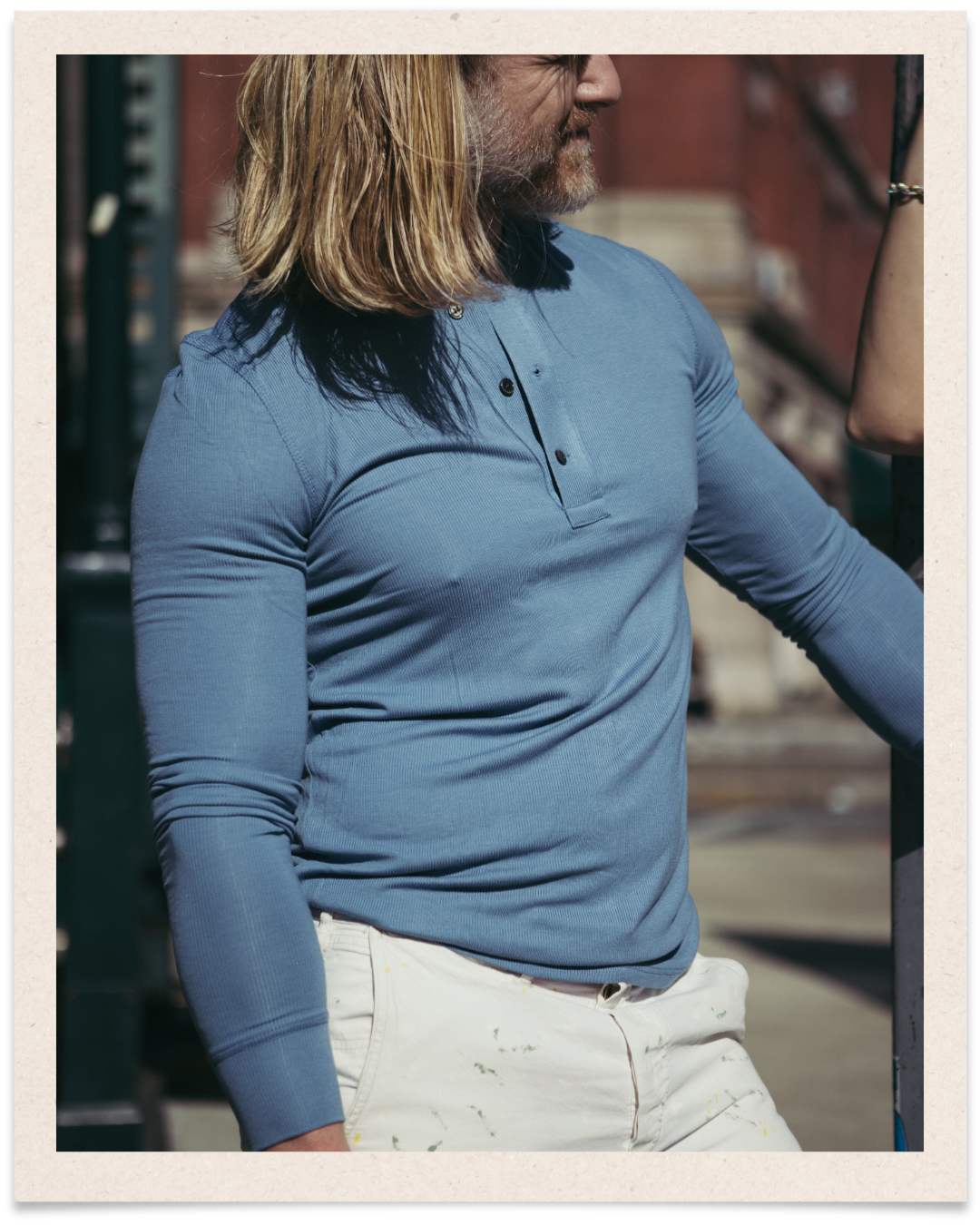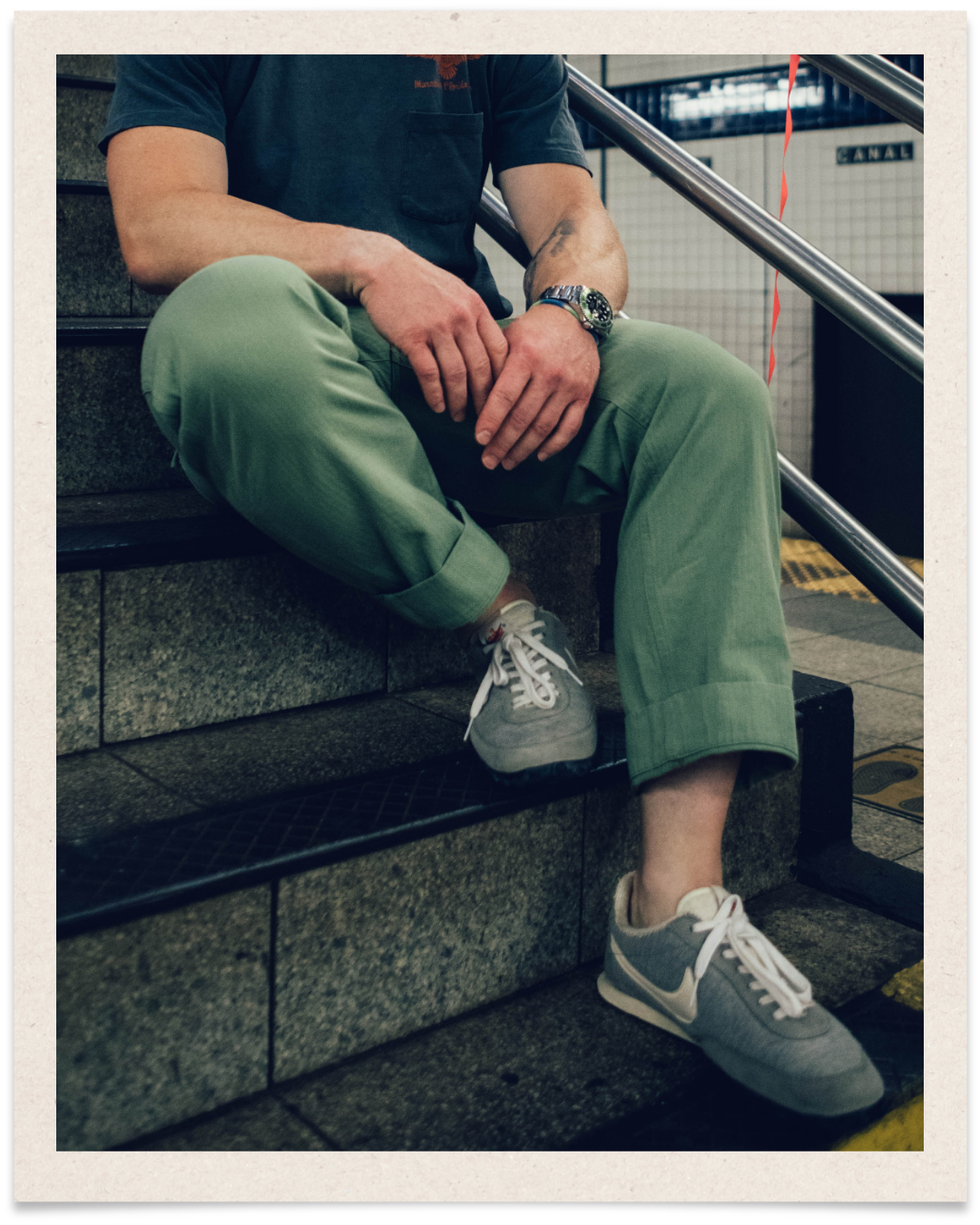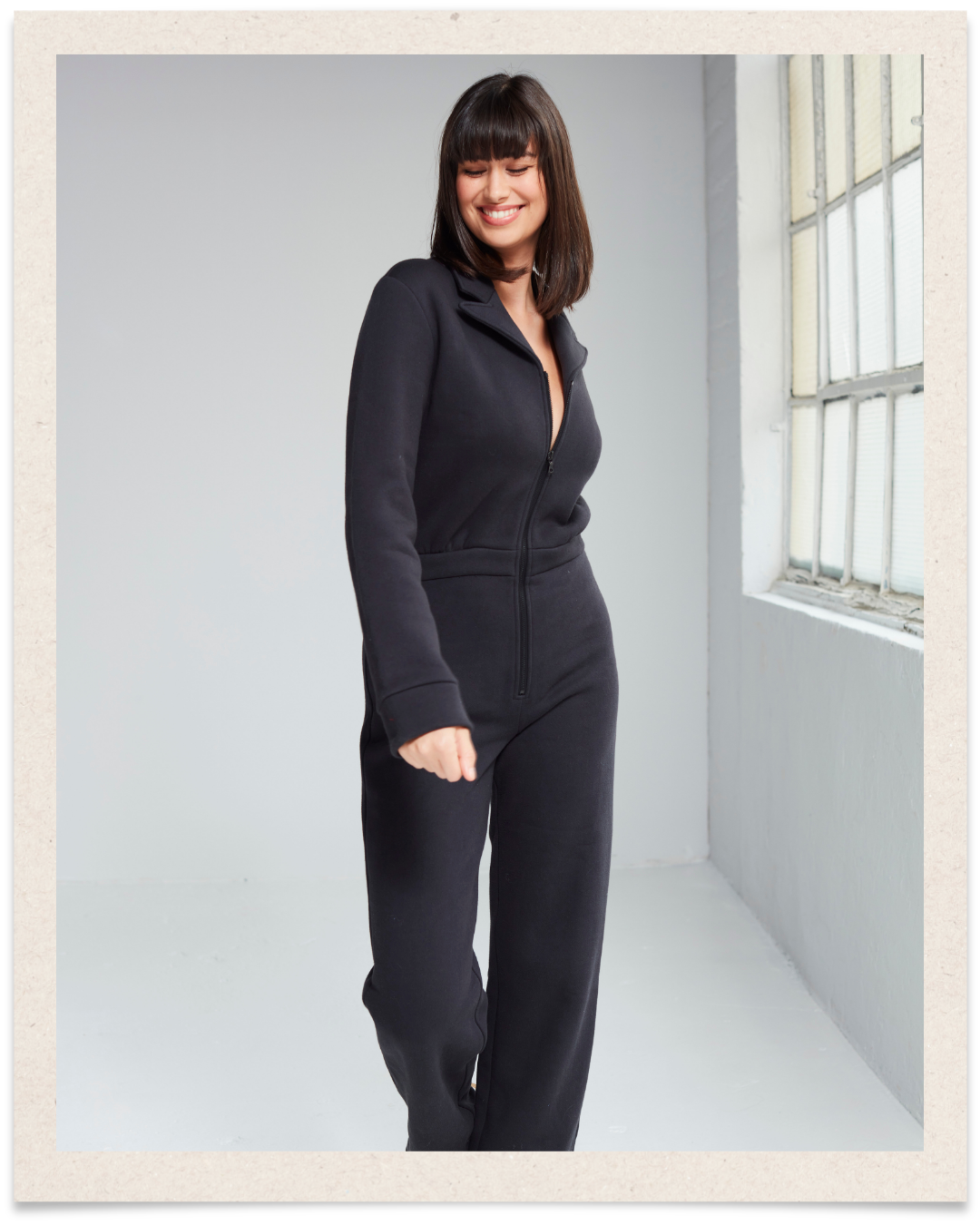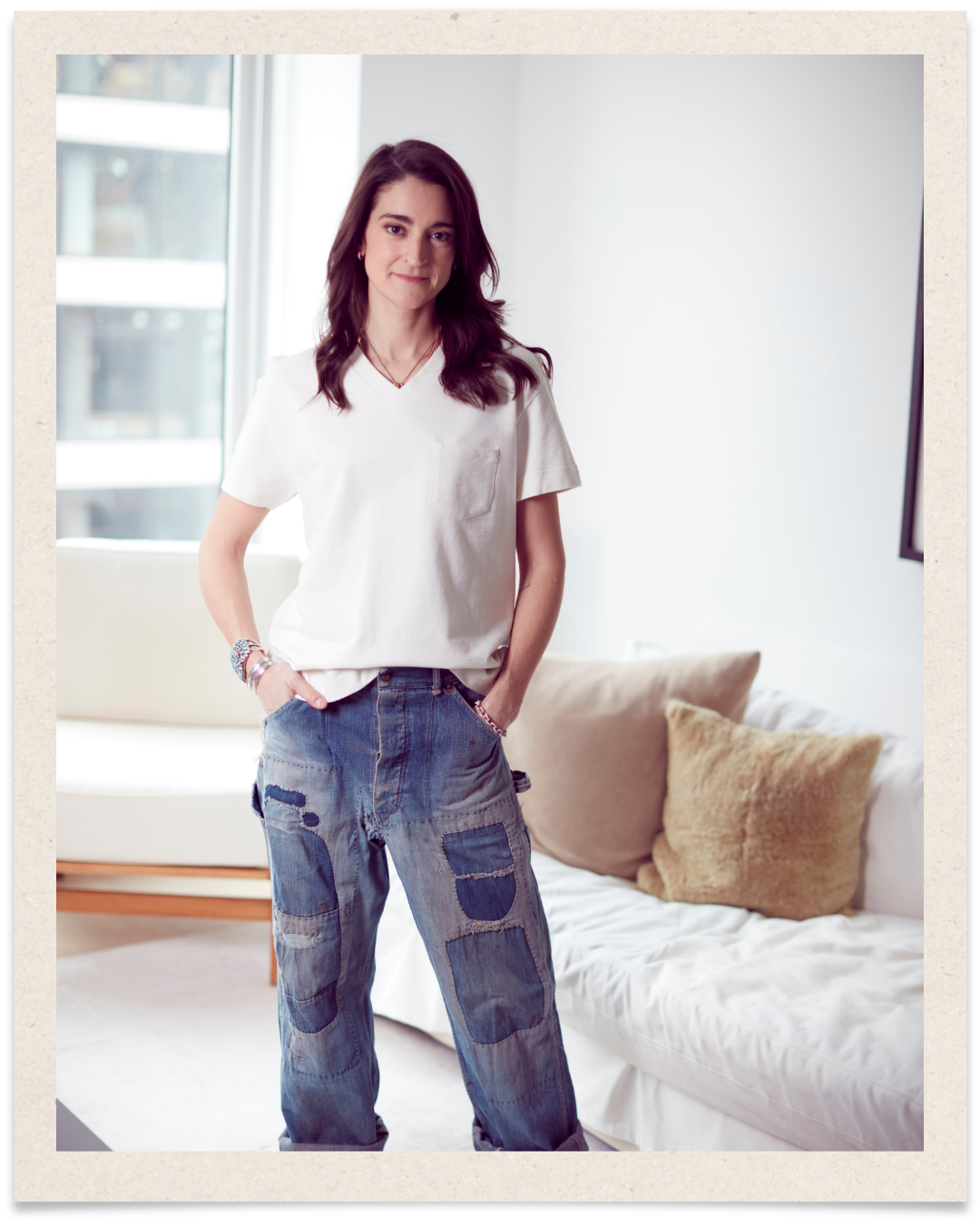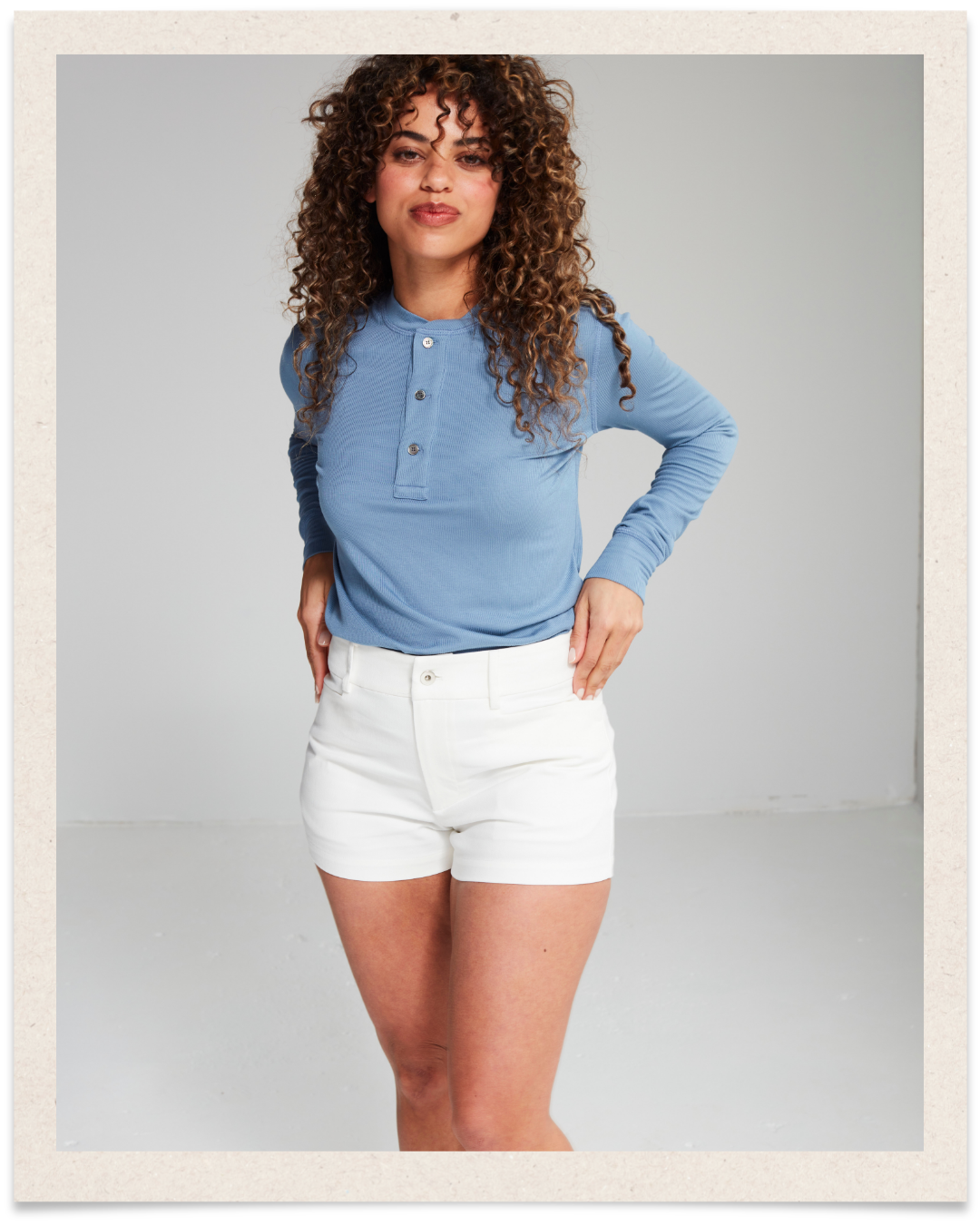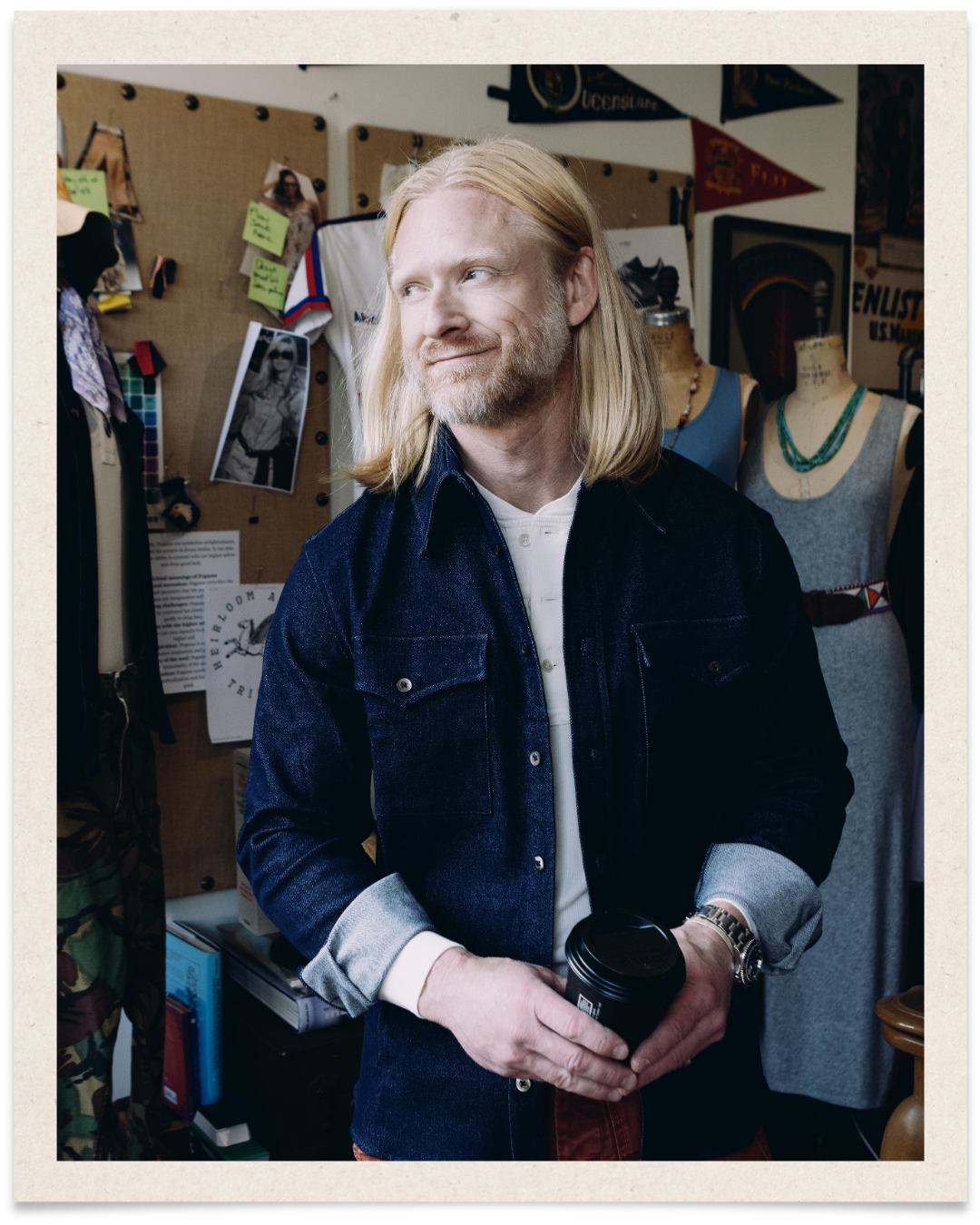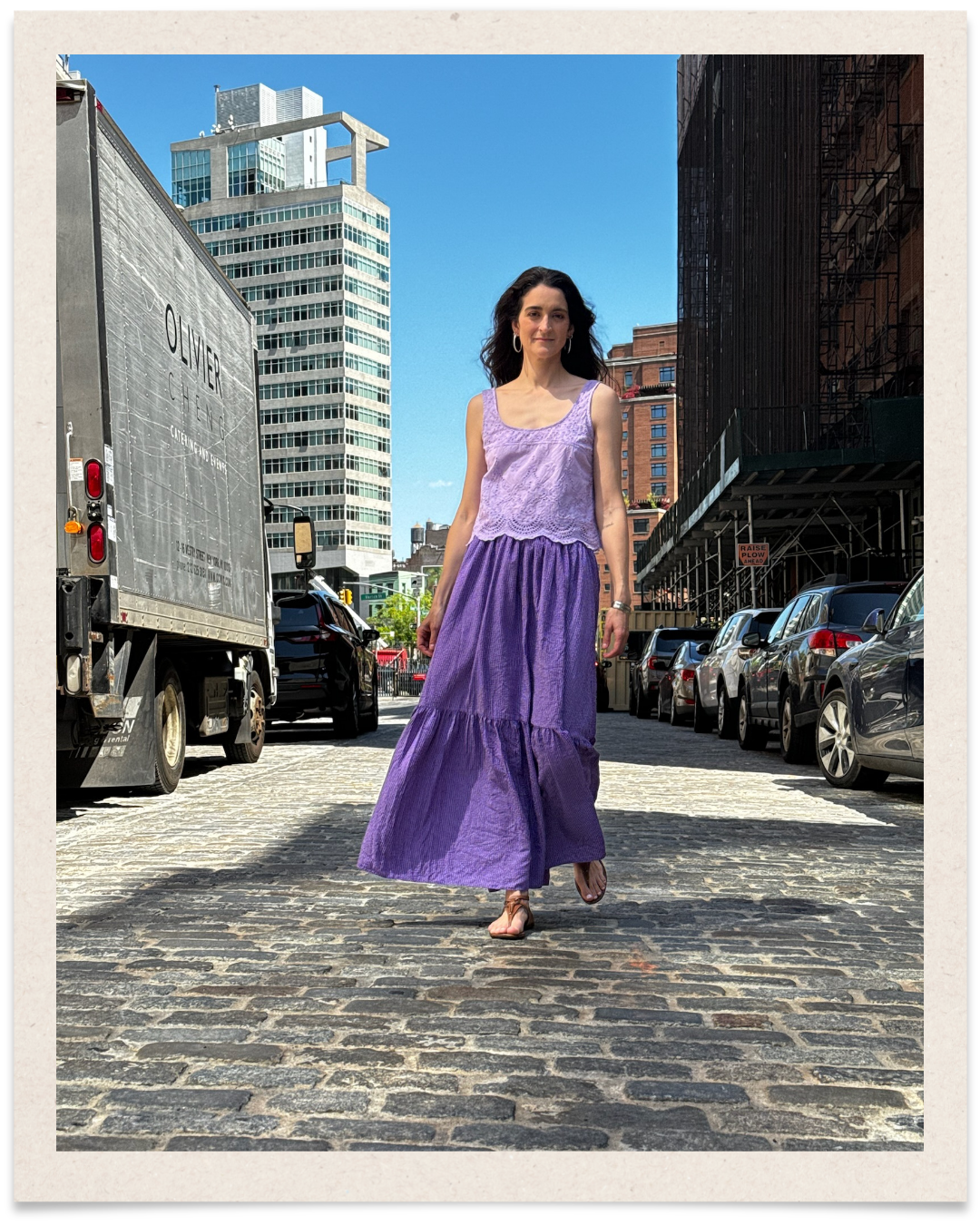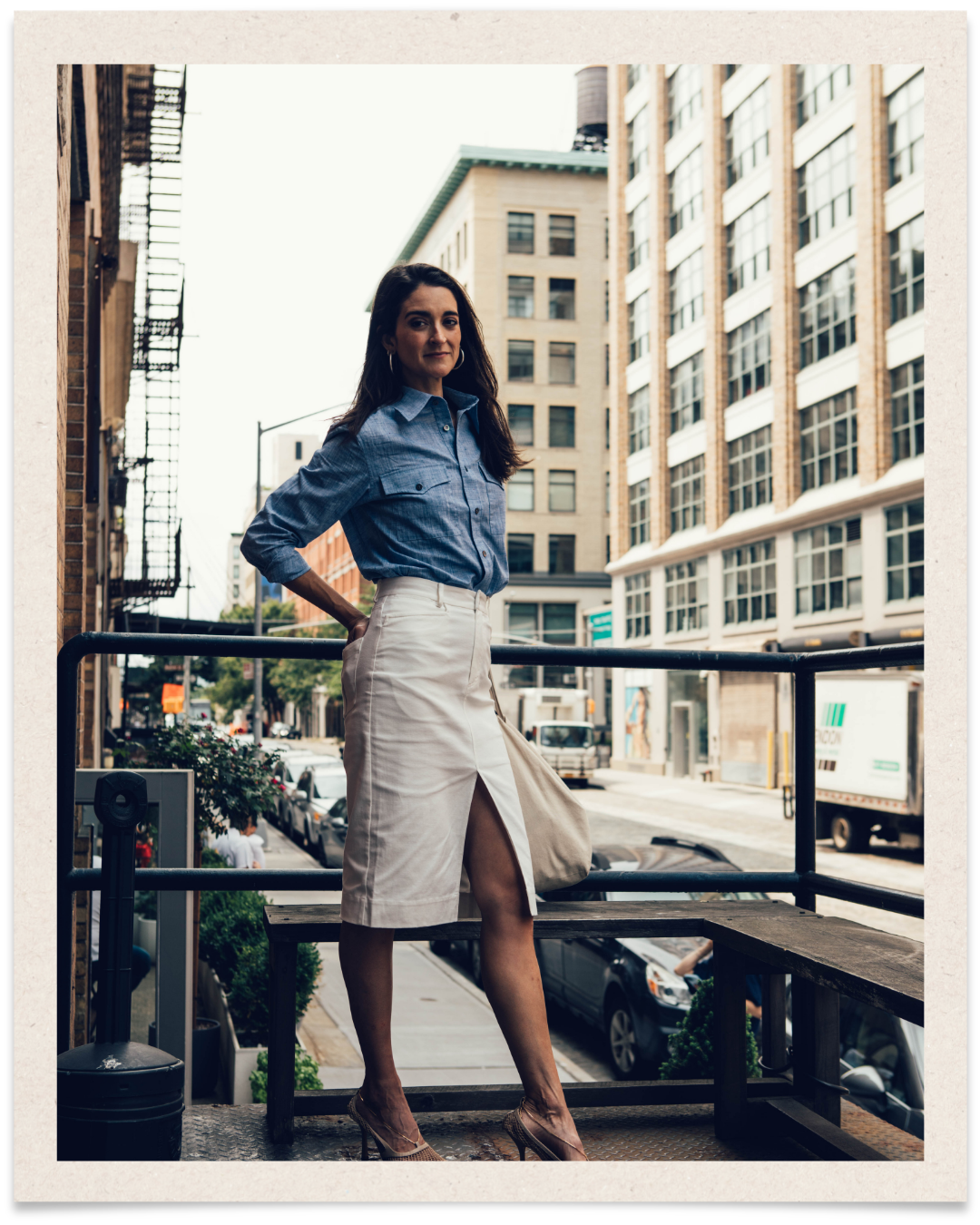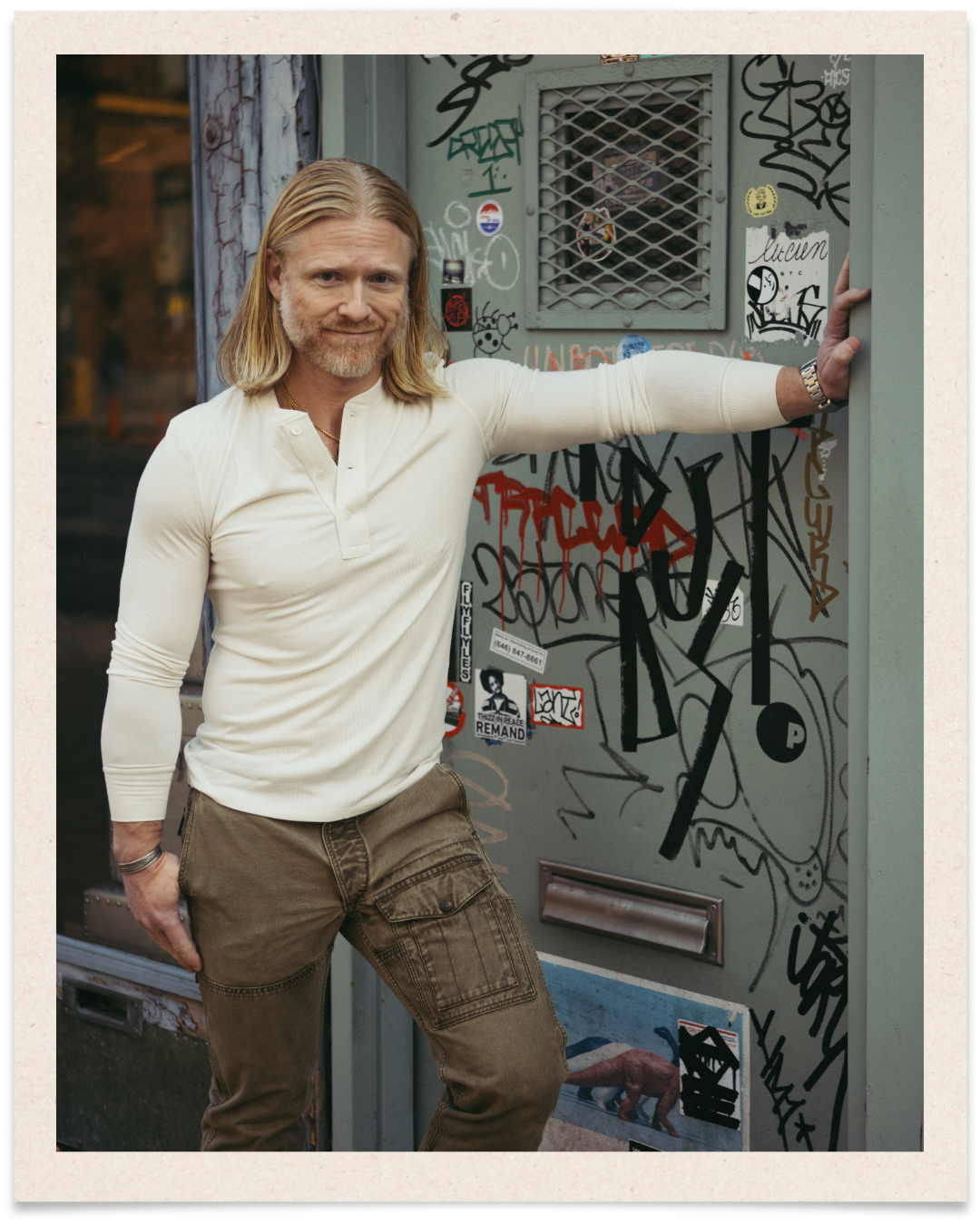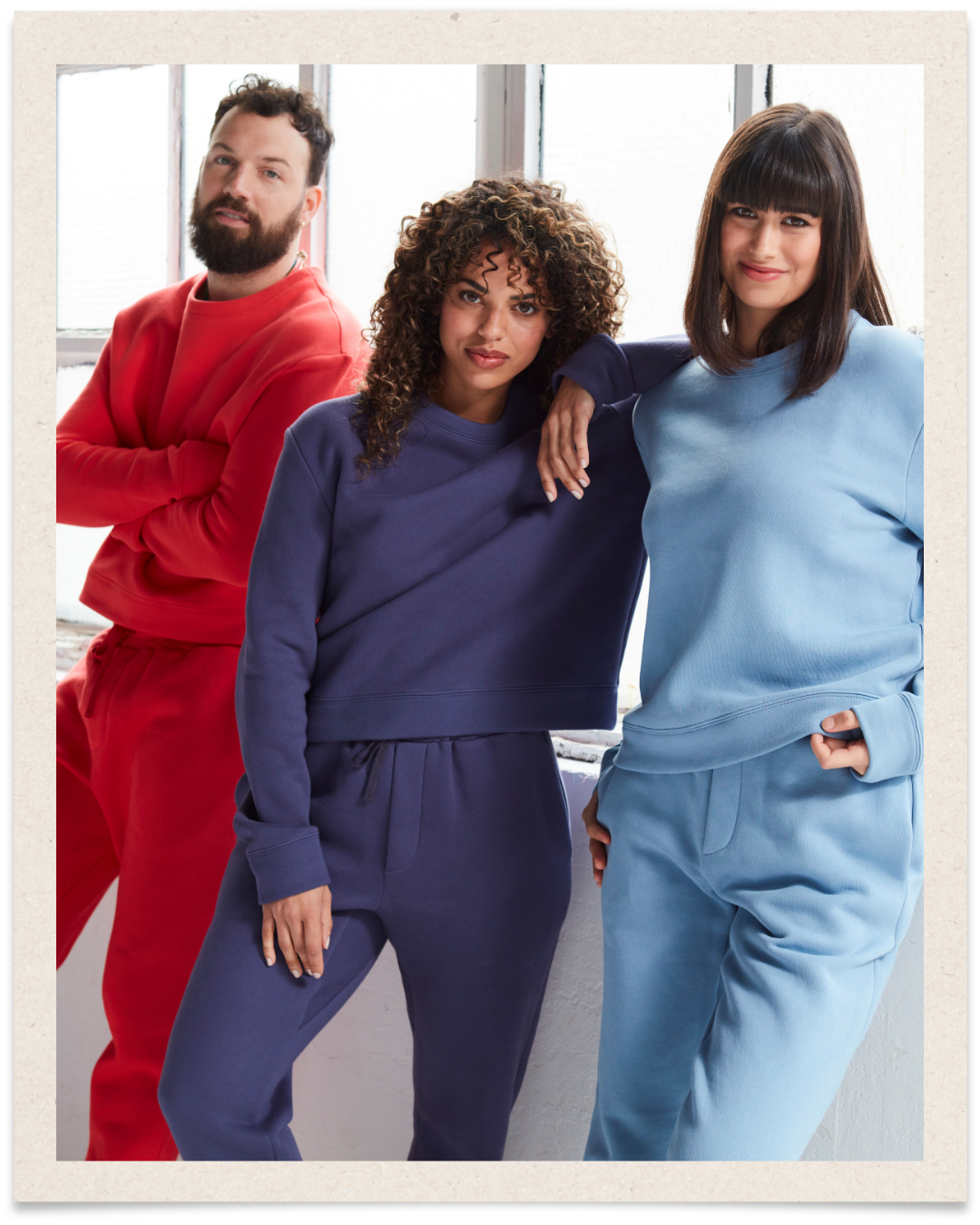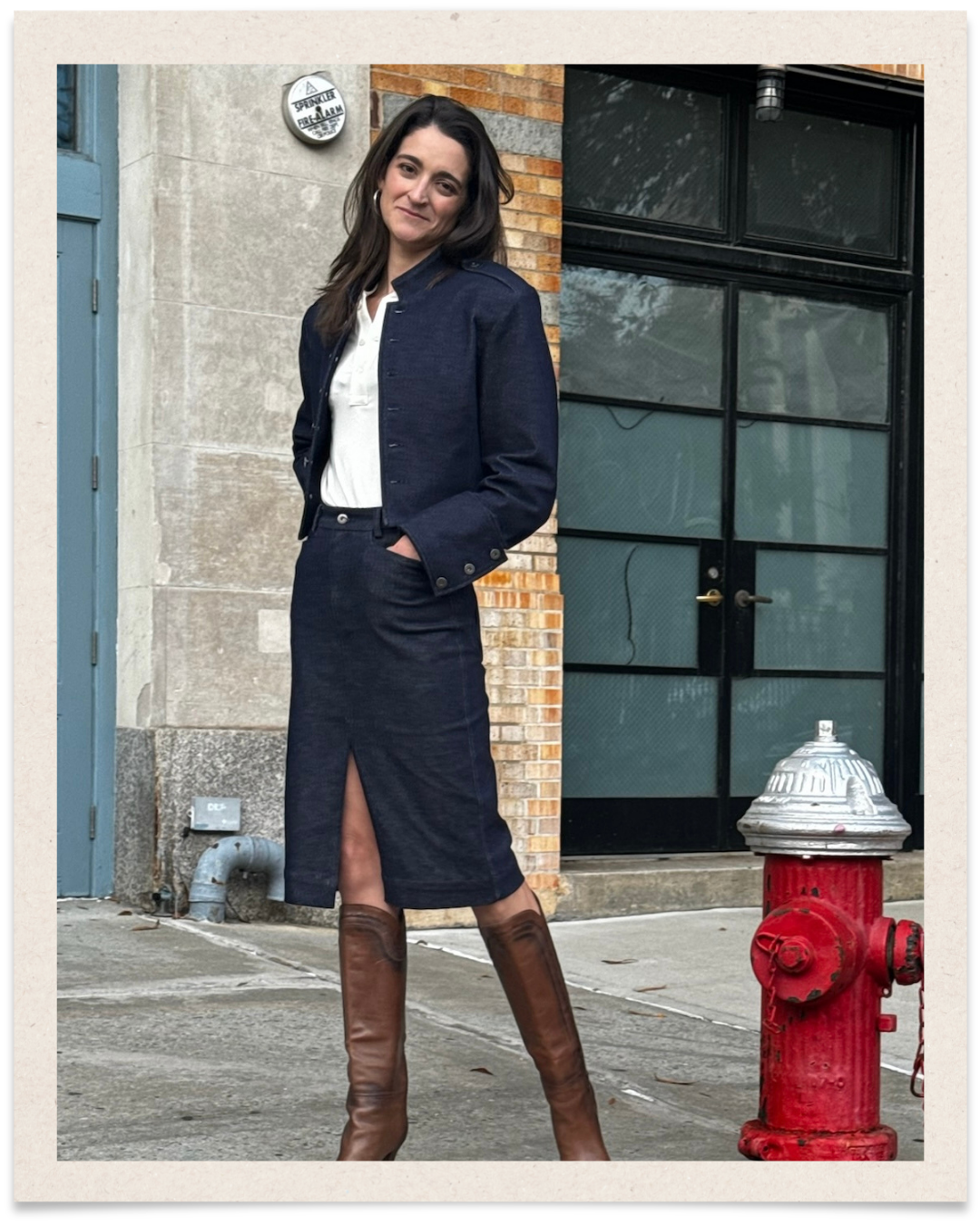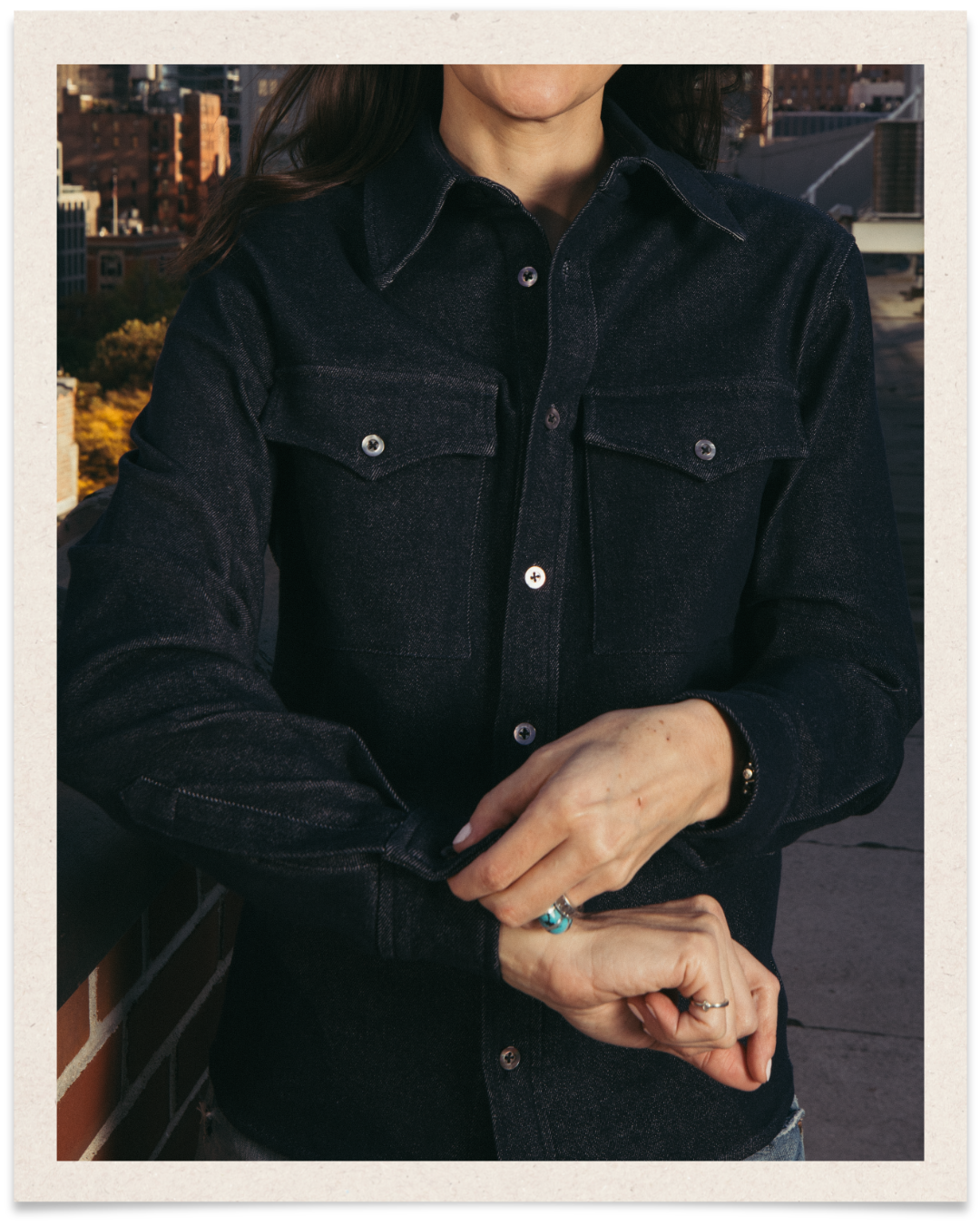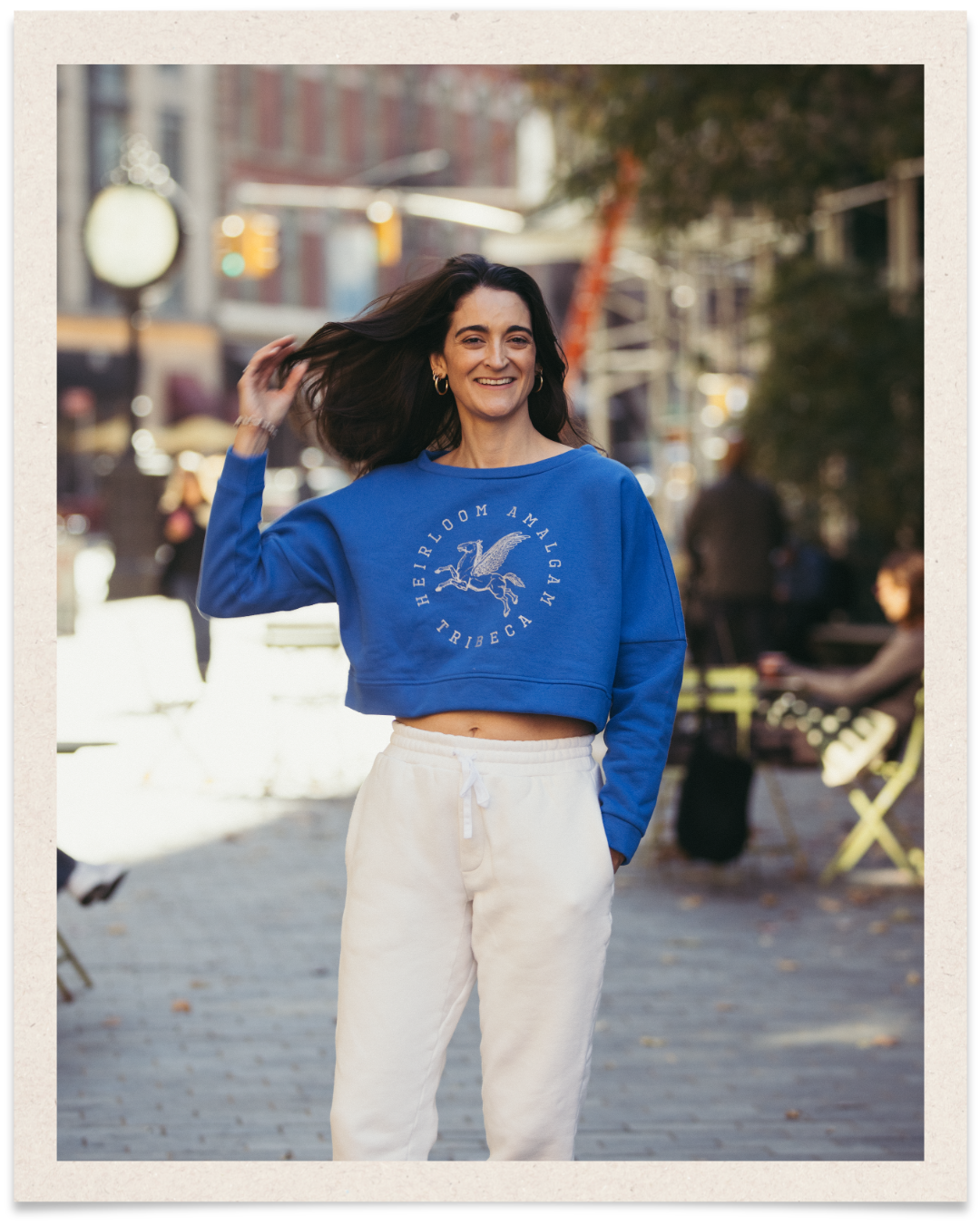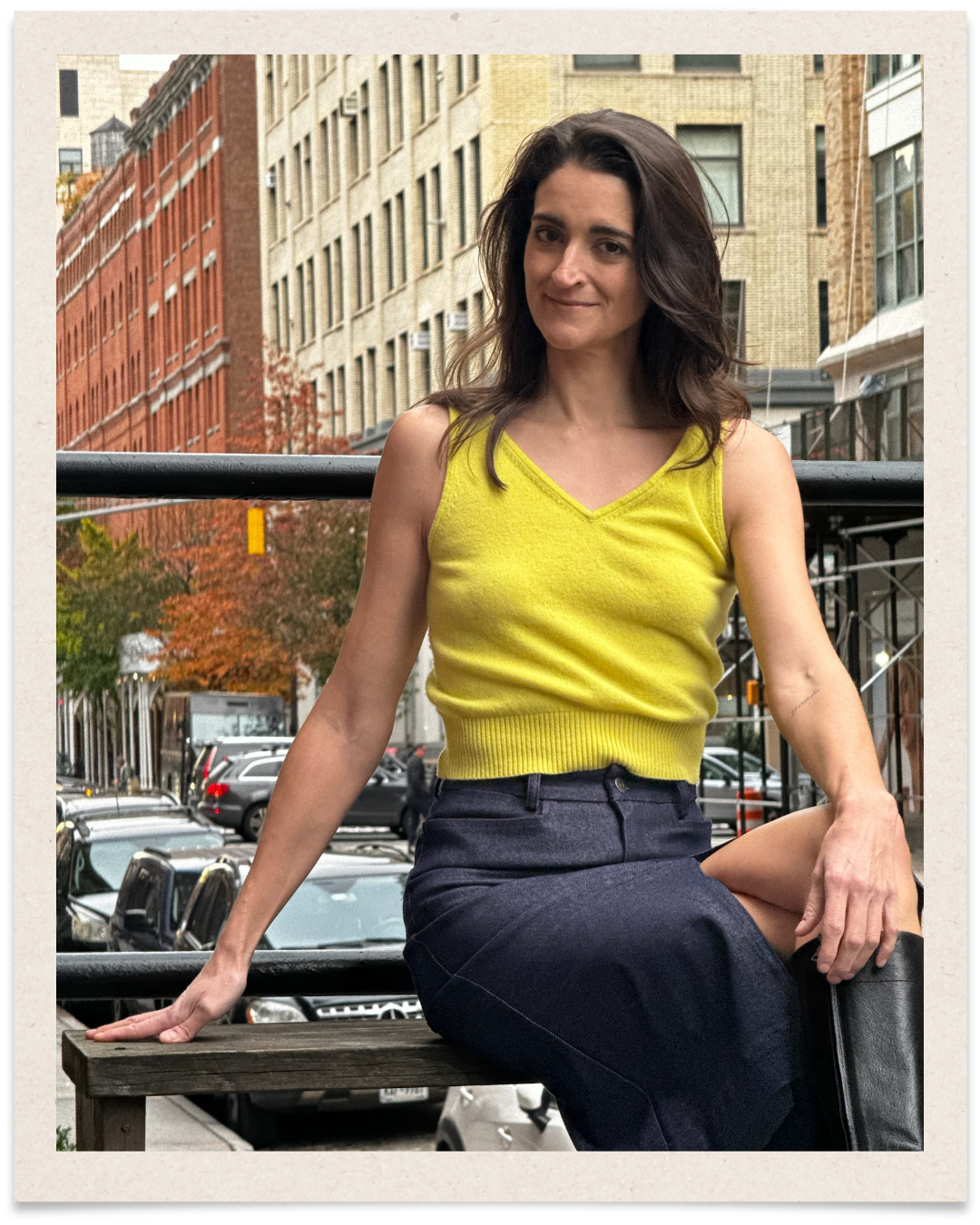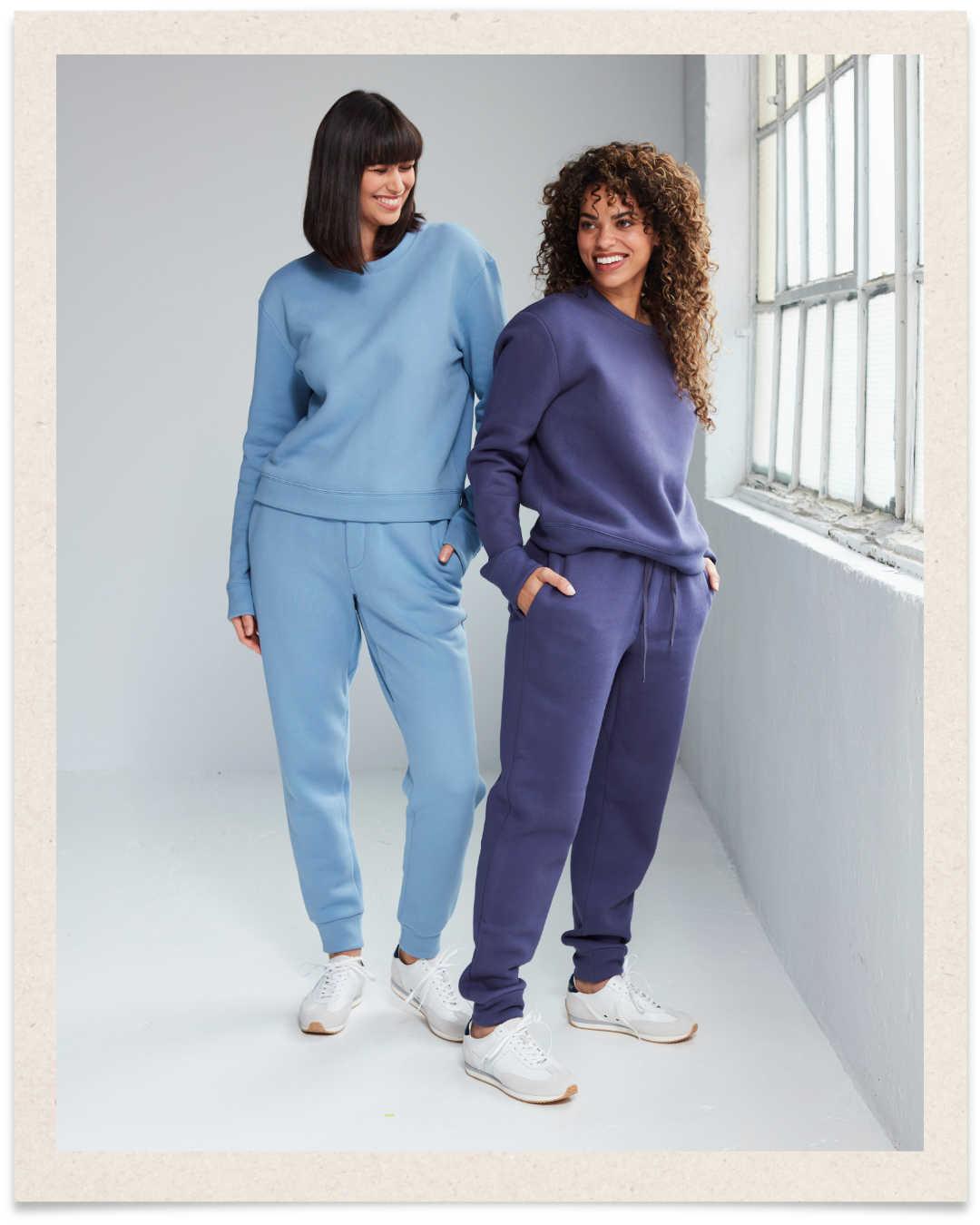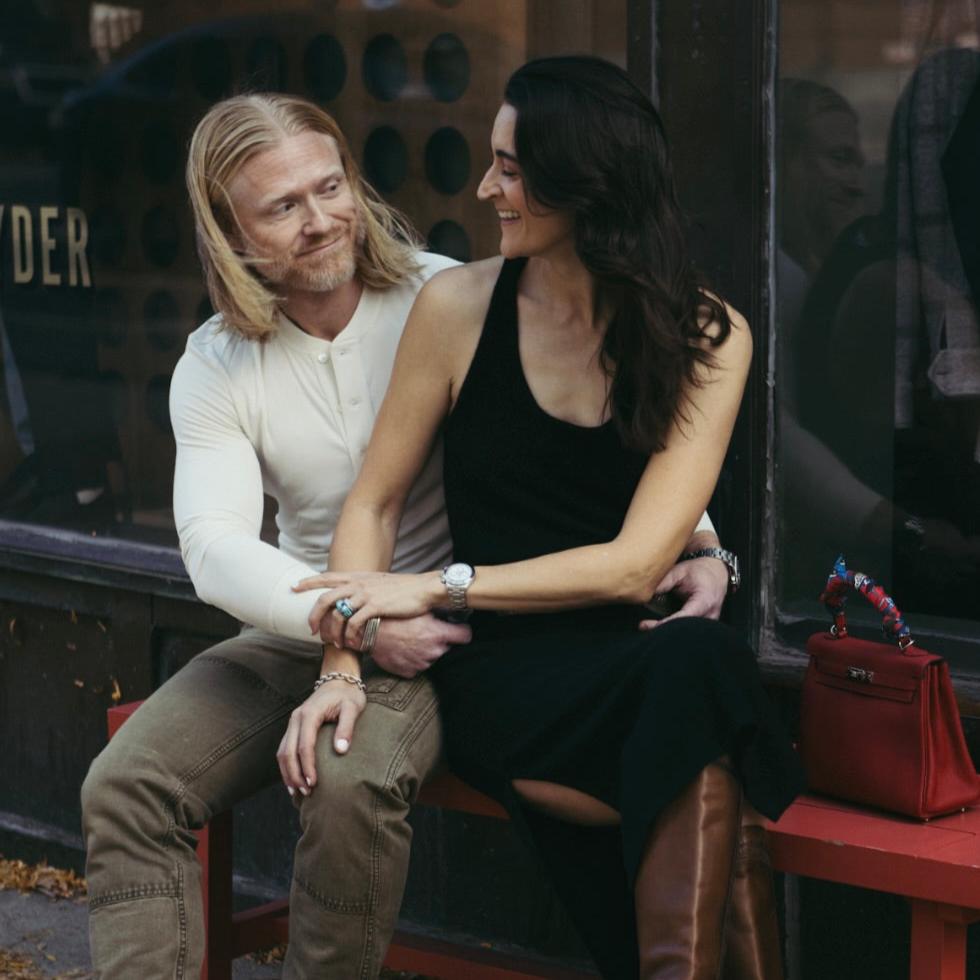Share
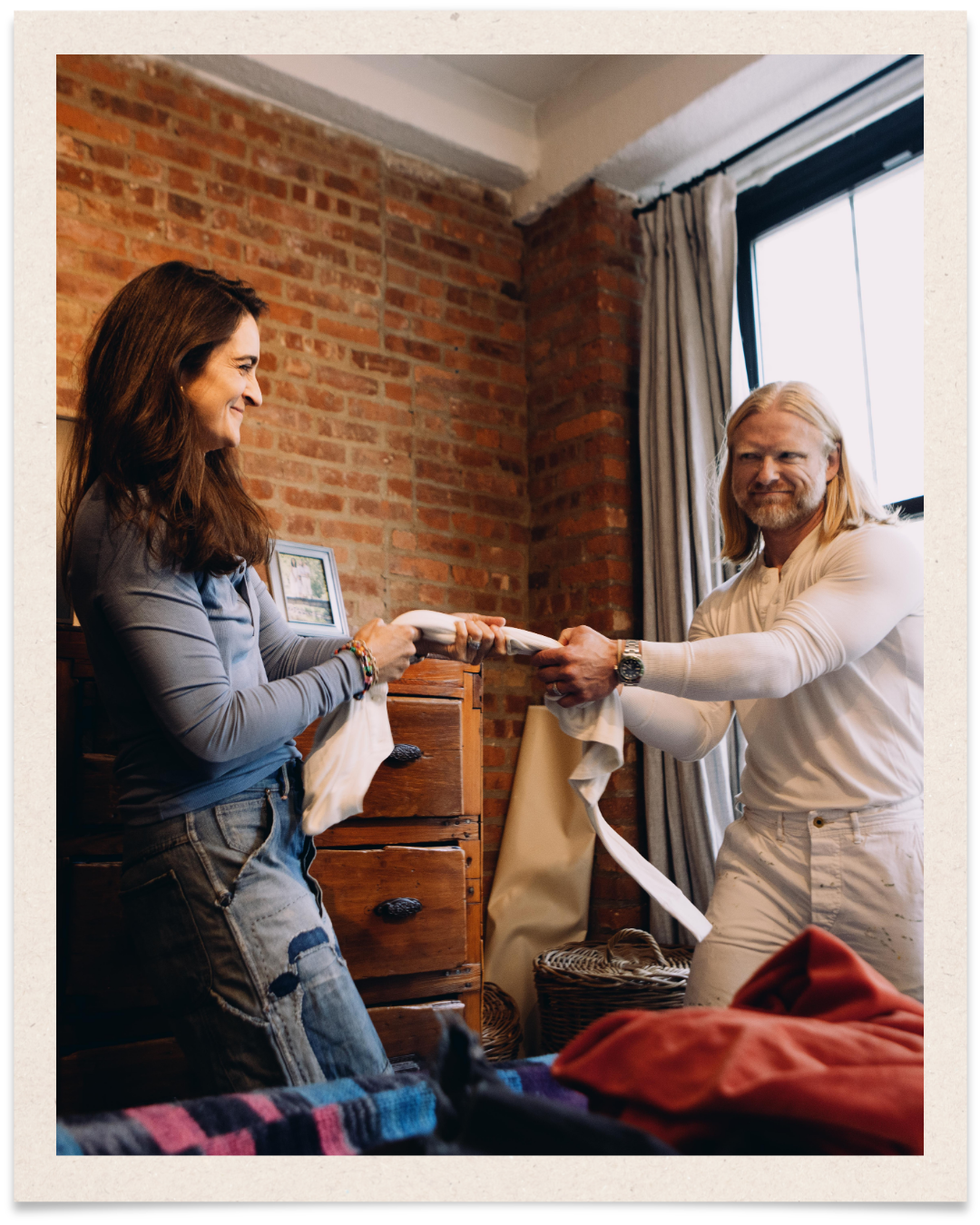
Where every piece begins .
Every garment has a beginning. For us, it is rarely loud or dramatic. It does not start on a runway or in a factory. It begins at a wooden table in our Tribeca studio, sometimes in the quiet of early morning, sometimes after the city has gone to sleep.
A sketch, a swatch of fabric, a small idea that lingers until we test it. That is where an heirloom is born. It is not about chasing trends or rushing to market. It is about building something slow and intentional, something that feels like it could have already lived in your closet for years.
This is how we make every Heirloom piece, from sketch to sample, and why we believe the journey matters just as much as the finished garment.
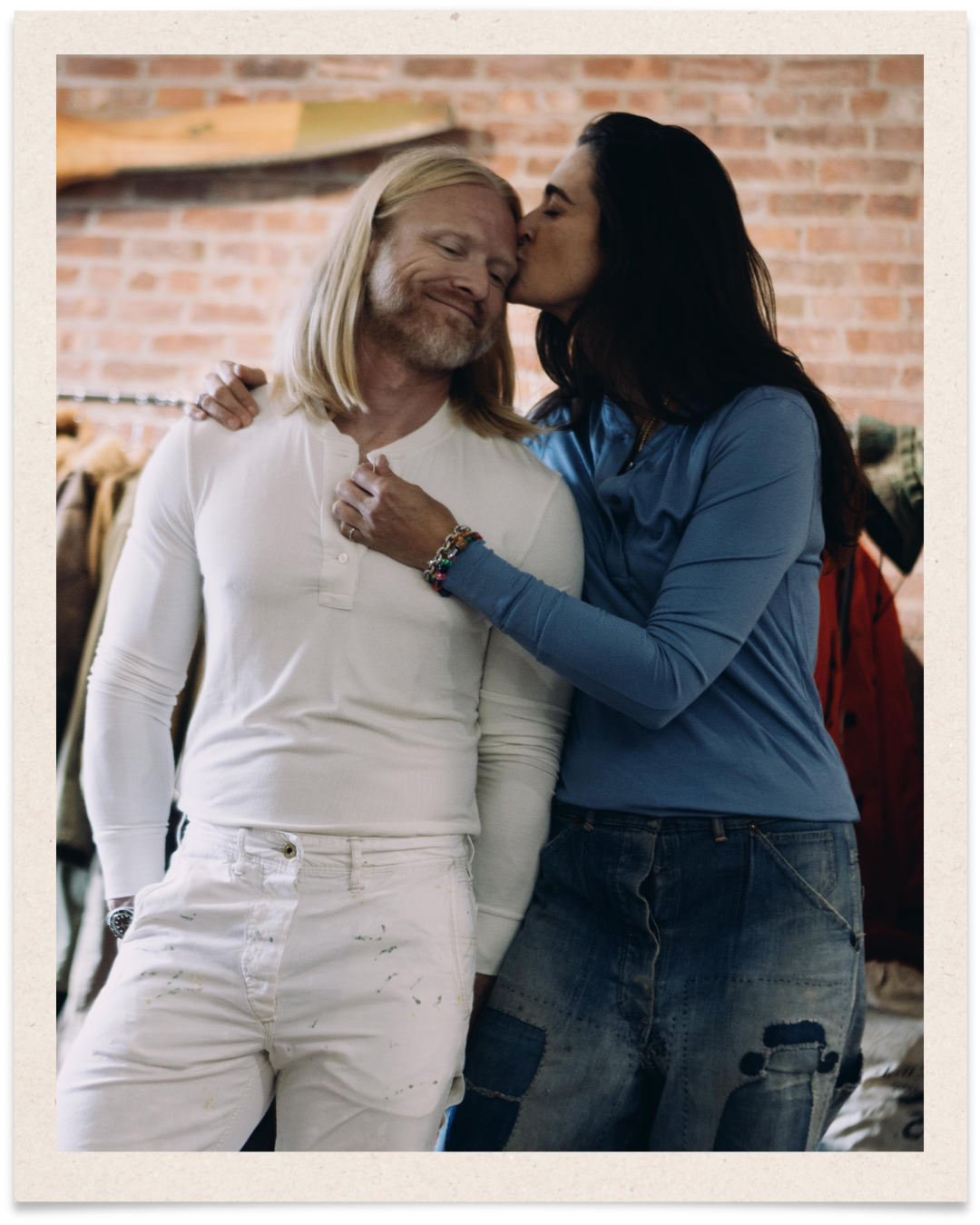
The spark of a sketch.
The first sample is my favorite moment. It is when an idea becomes something you can actually hold, even if it is not ready yet.
We call it the learning stage. The sample is not meant to be perfect. In fact, it is usually the opposite. It reveals every detail the sketch could not show. Where the weight of the fabric sits. How the collar falls when you move. Whether the hem wants to twist or the sleeve pulls too tightly.
I will put it on, Amy will circle me with pins and chalk, lowering a neckline by two millimeters or shifting a dart by the width of a finger. Sometimes it takes three or four rounds before a sample feels right. And that is okay. This stage is patient, meticulous, and often quiet.
We test prototypes in daily life too. I have worn early samples out to dinner, to the studio, even on a weekend trip. That is when you discover how a shirt really performs. Does it wrinkle too easily? Does the fabric stretch out after a few hours? Does it still feel good at the end of the day? A garment has to live well before it can be considered heirloom-worthy.
We do not believe in rushing past prototypes. Every adjustment is part of the story. Perfection is not an instant decision, it is a process of carving away what does not belong until the garment stands on its own.
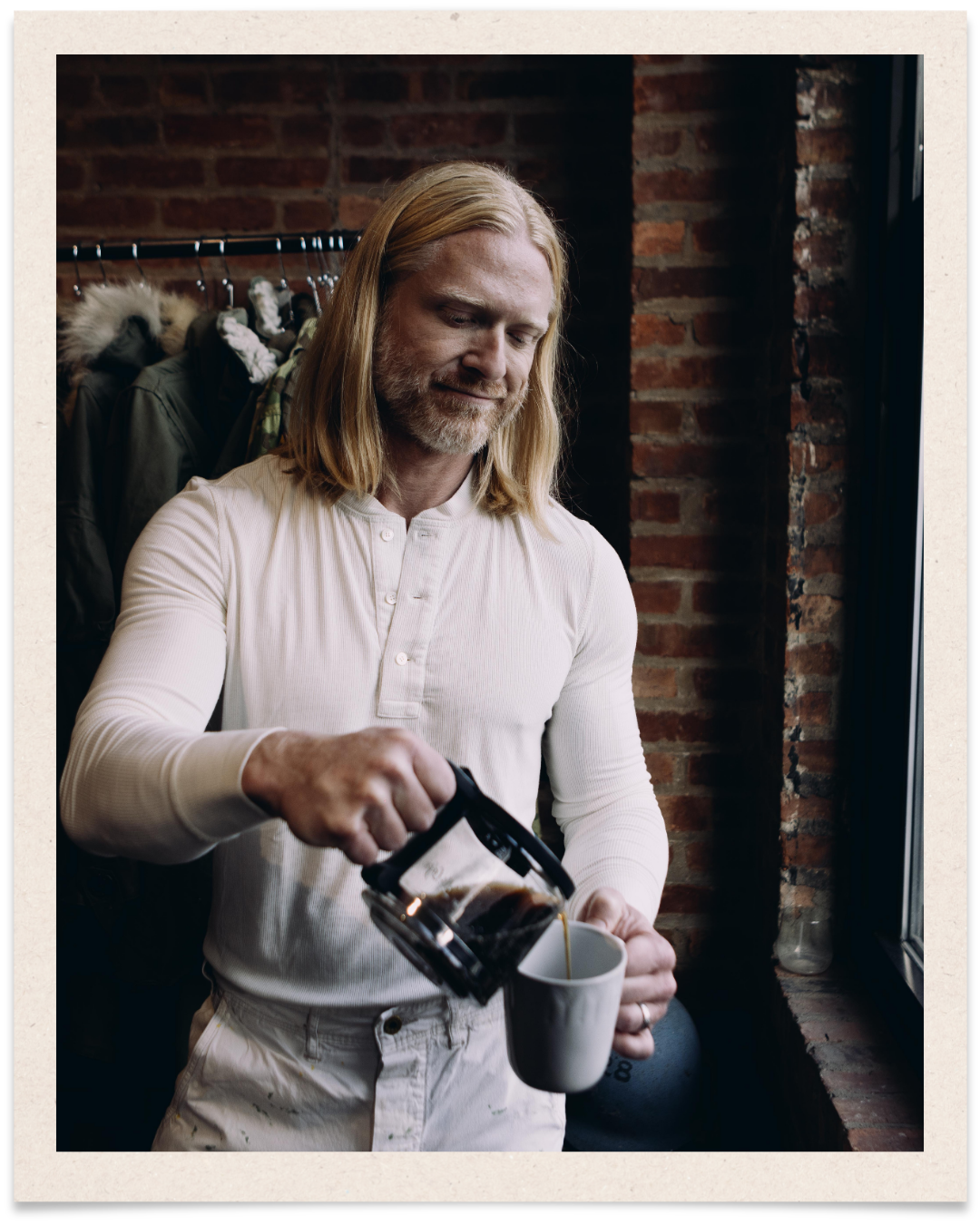
Living with the fabric .
Once the idea is there, the sketch only tells half the story. The real decision begins when the fabric arrives.
We do not just look at a swatch and say “this will do.” We live with it. We stretch it, wash it, wear it for an afternoon in the studio just to see how it breathes. Sometimes we leave a piece of fabric on the table for days, glancing at it in different light, checking if it still feels right.
Certain fabrics keep coming back. Supima cotton, grown in the United States, is one of our go-to’s because it resists pilling, holds color, and wears in instead of wearing out. Compared to standard cotton, Supima fibers are about 35 percent longer and significantly stronger, which means the fabric will not fray or lose its shape after a few washes. It is the reason our sweatshirts still look new after years of wear.
Modal, the 2x1 knit we use in the Franklin Henley, is another favorite. It is breathable, resilient, and unbelievably soft. It does not just drape well, it remembers you. It is made from beech tree pulp, which means it is renewable and lower impact than most conventional fibers. When people say they live in their Henleys, it is not just the cut. It is the way modal feels like second skin.
And then there is cashmere, airy, warm, able to carry memory like no other fiber we have worked with. Good cashmere does not just keep you warm. It softens as you live with it, holding the shape of your life, the bend of your elbow, the rhythm of your days.
Each fabric is chosen with intention. Fabric is more than texture. It is the foundation of memory. If a shirt cannot survive a weekend away, a walk through the city, and years of washes, it does not belong in our collection.
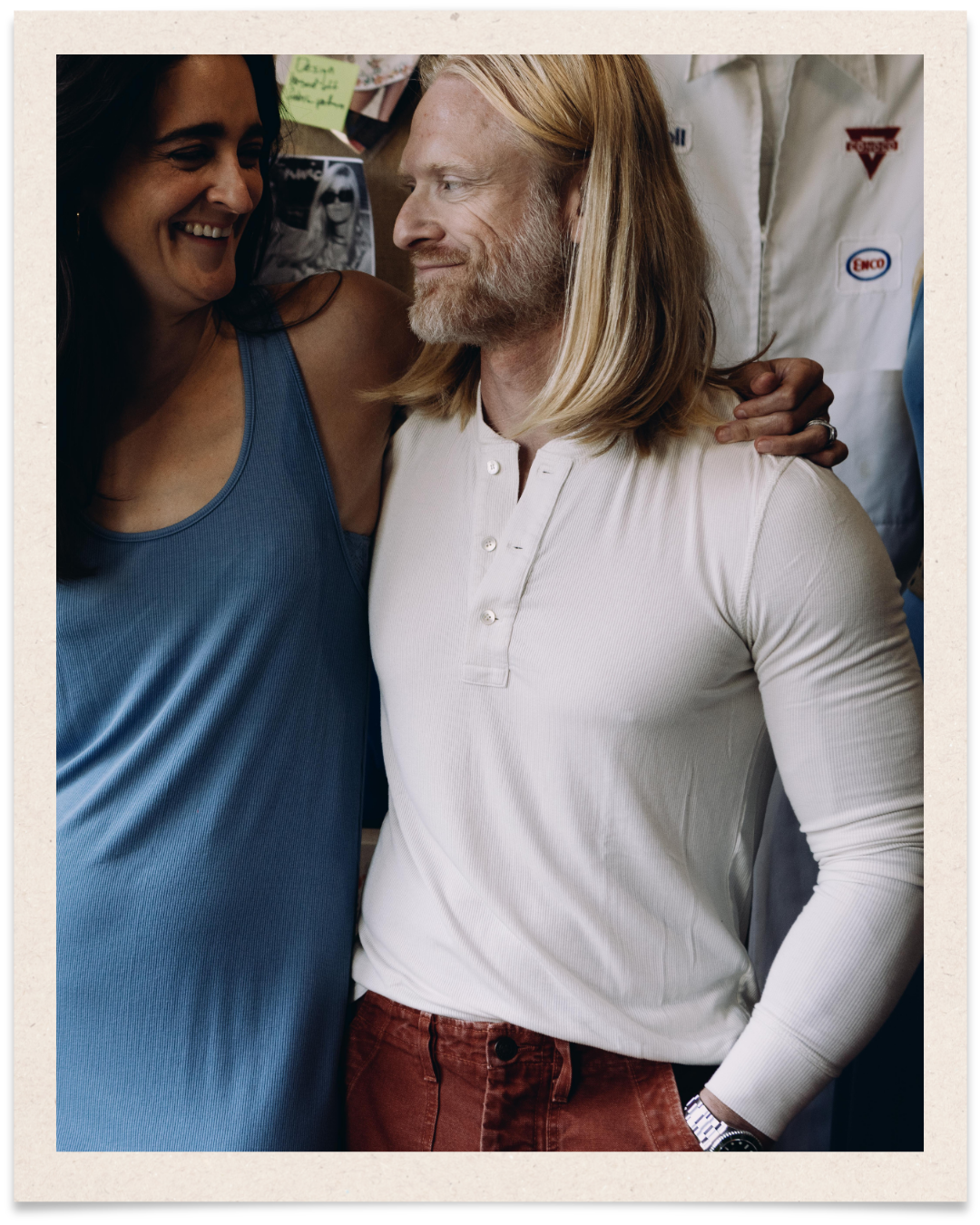
From paper to prototype .
The first sample is my favorite moment. It’s when an idea becomes something you can actually hold, even if it isn’t ready yet.
We call it the “learning stage.” The sample isn’t meant to be perfect. In fact, it’s usually the opposite. It reveals every detail the sketch couldn’t show. Where the weight of the fabric sits. How the collar falls when you move. Whether the hem wants to twist or the sleeve pulls too tightly.
I’ll put it on, Amy will circle me with pins and chalk, lowering a neckline by two millimeters or shifting a dart by the width of a finger. Sometimes it takes three or four rounds before a sample feels right. And that’s okay. This stage is patient, meticulous, and often quiet.
We don’t believe in rushing past prototypes. Every adjustment is part of the story. Perfection isn’t an instant decision; it’s a process of carving away what doesn’t belong until the garment stands on its own.
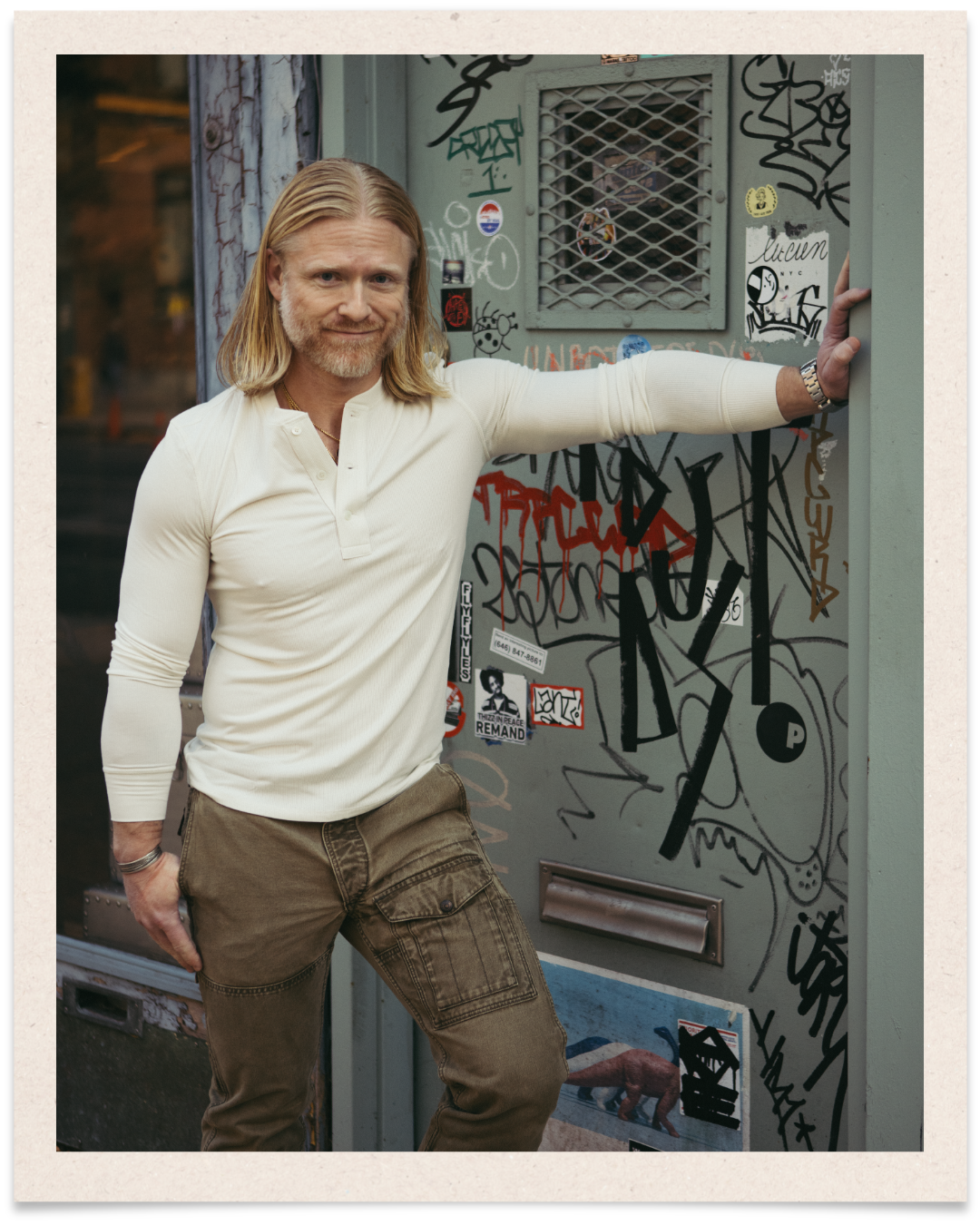
A craft that lasts .
At Heirloom, we often say that what you do not see is just as important as what you do. That philosophy shows up in the construction.
Take stitching. Most shirts are sewn with about four stitches per inch. Ours have nine. That might sound like a small detail, but it is what keeps a hem from twisting after a wash, or a sleeve from sagging after a year of wear. We finish seams cleanly on the inside, not for show, but so they feel good against your skin.
Buttons are another detail. We choose them not only for look but for strength, they are anchored to withstand years of wear, not just a single season. Even labels matter to us. They are soft against the skin, designed not to itch or fray.
Those are the kinds of invisible details that turn clothing into heirlooms. They do not announce themselves, but you notice them every time you reach for the piece again and again.
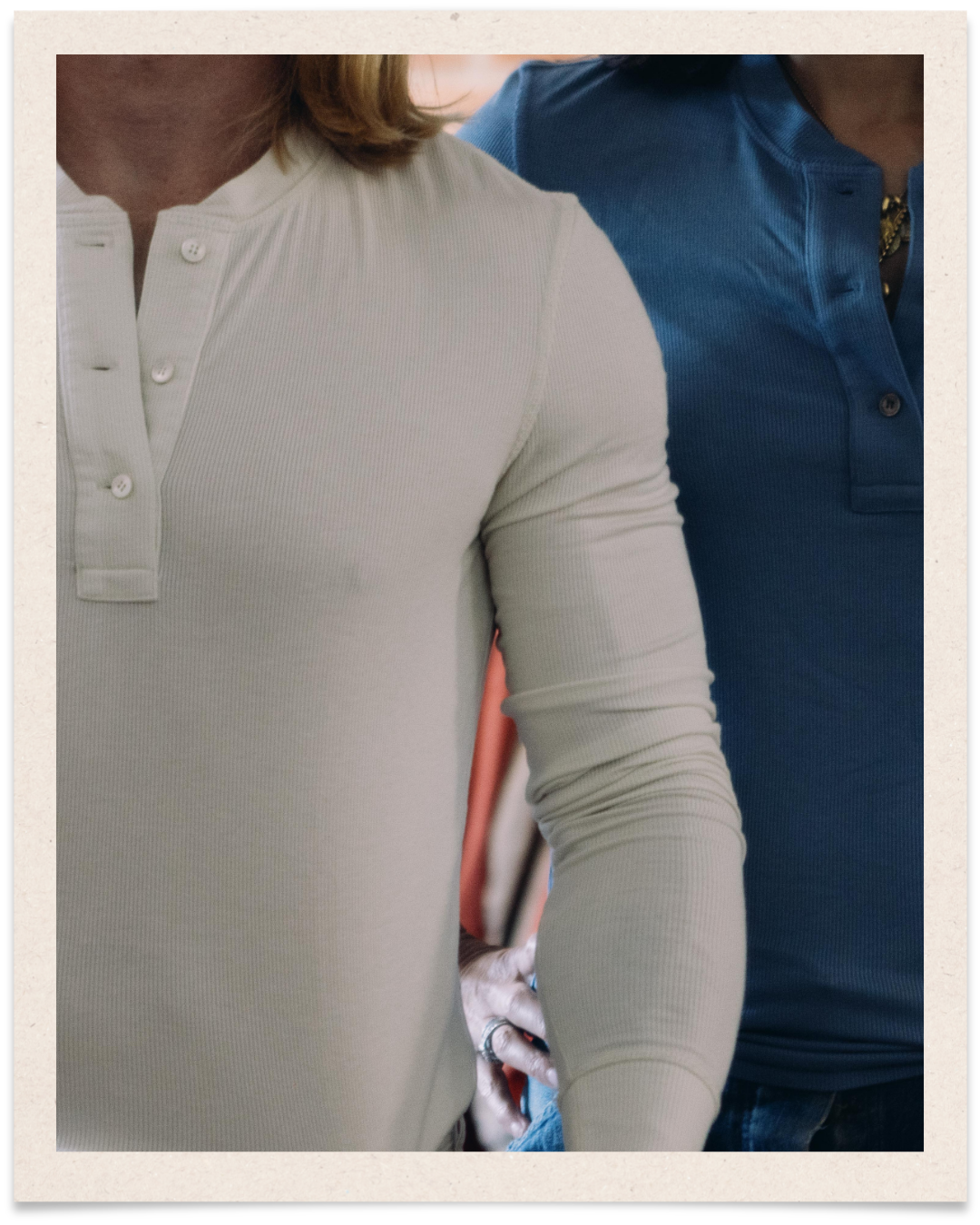
Why small matters .
By the time a garment makes it through sketches, fabric tests, and prototypes, it is almost ready, but not for mass production.
We make our pieces in small batches, usually fewer than fifty at a time. That is intentional. Small runs let us oversee every step, from the cut of the fabric to the finishing of the seams. They keep the process personal. They ensure that what you hold in your hands feels like it passed through ours, because it did.
When you mass produce, garments lose their soul. When you make them slowly, in limited numbers, every piece carries a trace of the hands that shaped it. That is why some of our collectors call them garments with memory.
Every piece is signed off by us. Tried, tested, and worn until it feels like it belongs in someone’s life for years to come. That is what makes it heirloom-worthy.

From first draft to forever .
The journey from sketch to sample is not glamorous. It is slower, softer, and often full of edits. But for us, that is where the beauty lies.
Because heirloom-worthy is not just about durability. It is about meaning. And meaning takes time.
When you wear one of our pieces, you are not just wearing fabric. You are wearing the memory of sketches drawn in the quiet, swatches tested in sunlight, prototypes pinned and adjusted until they felt just right. You are wearing patience, persistence, and care.
And if you are lucky, years from now, someone else will wear that same piece, softened by you, carrying your story, and it will keep on living.

